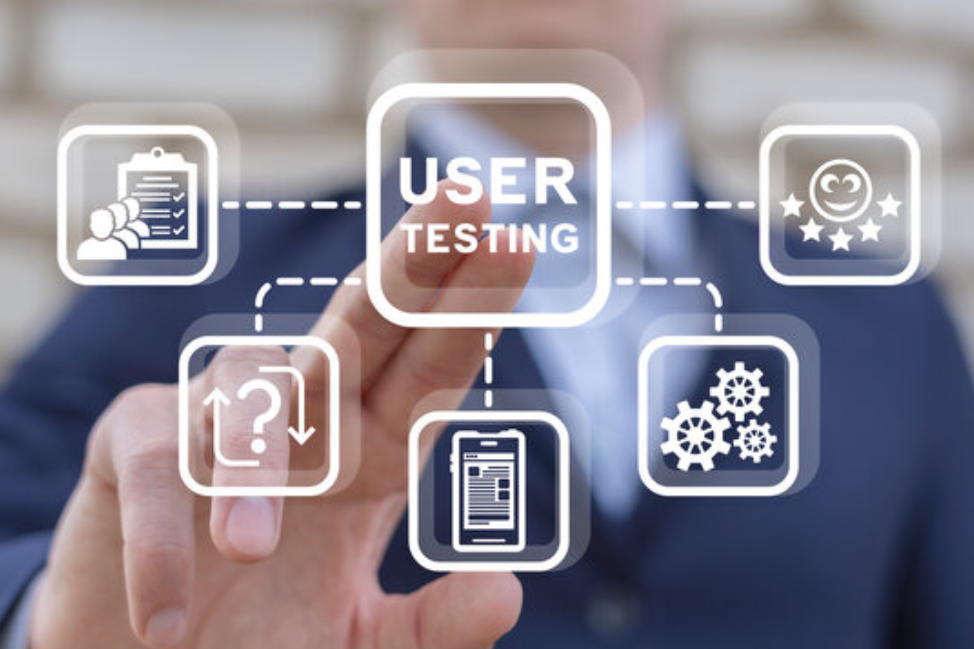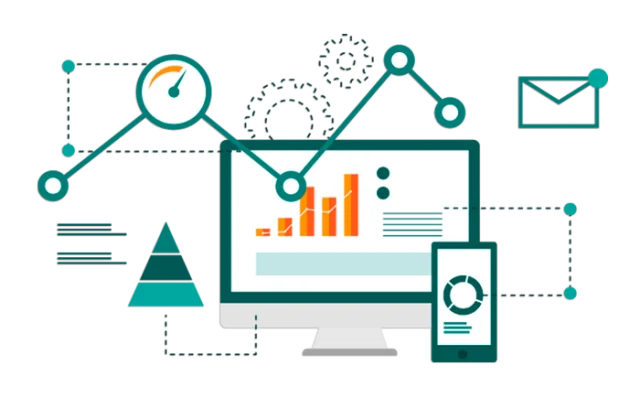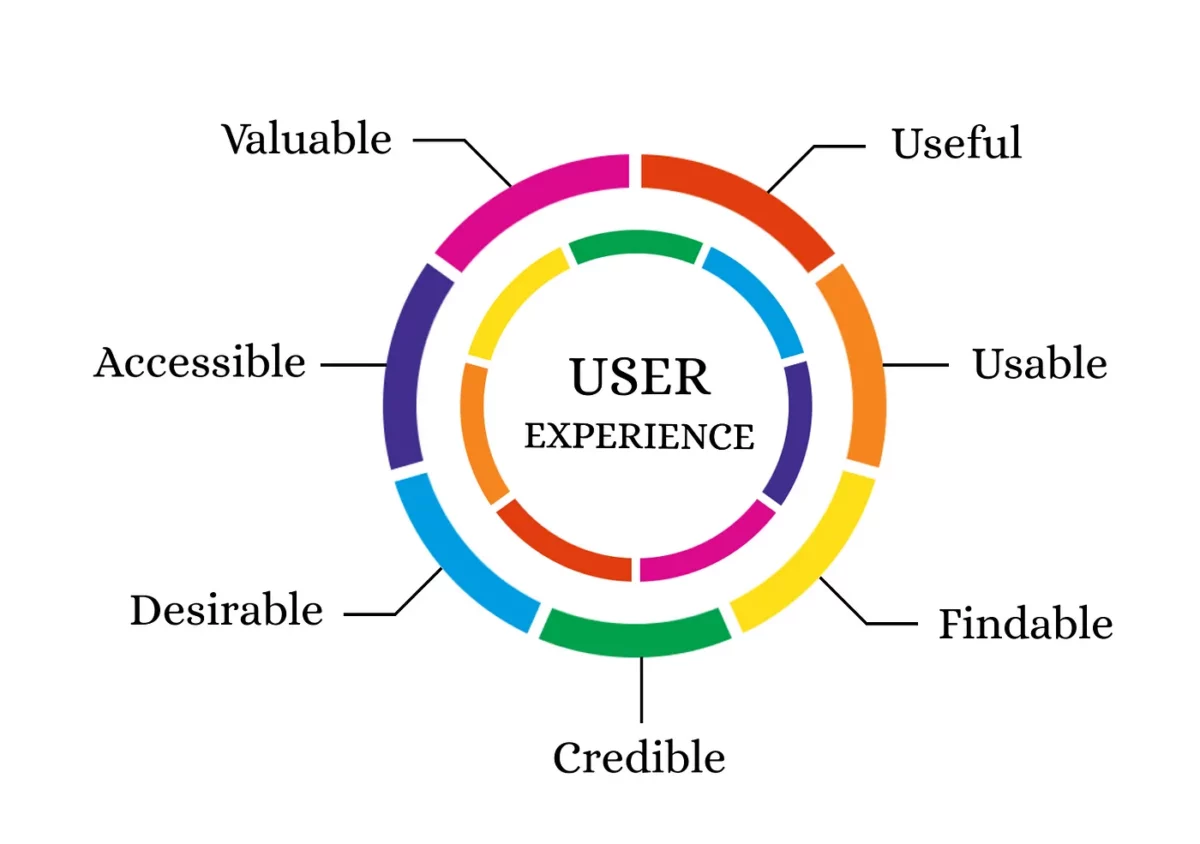In the fast pace of software development, ensuring that a product fulfils the expectations and needs of its users is essential. This is where end-user testing comes into role.
End-user testing, aka, UAT (User Acceptance Testing) includes evaluating a software app from the point of view of the people who are going to use it. A trustworthy software testing company understands the importance of incorporating user feedback for solving potential issues, improving user experience, and ensuring the overall quality of the product.
In this article, we will explore the concept of end-user testing, discuss its importance, and provide a suitable guide on how to effectively process it.
What is End User Testing?
End-user testing helps detect software problems that might be overlooked in earlier testing phases. It ensures that the software is user-friendly and works well for end-users.
This type of testing can be conducted at multiple stages of the development cycle. Still, it’s most commonly performed in belated stages when the software is almost completed and near to being released.
Various methods can be used for end-user testing such as:
- Field testing- Field testing follows the users as they use the software in their environment
- Lab testing- Lab testing means observing end-users while they use the software kept under a constrained environment
- Guerrilla testing- It involves approaching random people and asking them to try the software
- Usability surveys- These involve taking feedback from the users and asking them to finish a survey about how was their experience of using the software
Testers use a specific method for end-user testing depending on the specific project goals and resources available.
Why End-User testing?
End-user testing is a way to enhance the usability of your website and make sure that end-users have a good experience of using your site. With end-user testing, developers can swiftly find and fix errors and make the site run smoothly. Here are the key reasons why to perform end-user testing:
- It gets easier to find and solve the bugs earlier. With UAT, you can save your website from unwanted bugs before they create difficult problems that require more time and resources to overcome. Ultimately it enhances your site’s usability.
- Your website becomes user-friendly. While using UAT, you can build a user-friendly website. By implementing this process, users can easily find what they want on the site, navigate freely through the website, and finish their tasks.
- Through end-user testing, you can identify how to improve your site by keeping end-users in mind. This data helps design better sites that are effective and match user requirements.
- End-user testing helps you to learn and understand more about user requirements. Through this process, you can develop relevant content that arouses the interests of users, and design features that are beneficial to them.
How to conduct End-User testing?
Here, we will understand the conduct of end-user testing, which includes multiple steps to ensure the overall software evaluation based on the end-user’s POV.
1. Preparation and Planning
The planning and preparation phase is the primary step to begin the process of end-user testing. Here are the three steps of planning and preparation:
- Explain the scope and key objectives of the end-user testing
- Look out for the target user group and their features
- Pick the appropriate end-user testing method like remote or lab testing
2. User Recruitment
For user recruitment, you can follow the below-given steps:
- Hire a representative end-user group that matches the testing process
- Look for factors like technical expertise, demographics, and simplicity of the product domain
- Recruit adequate users to collect different perspectives
3. Test Environment Setup
The third phase of the QA process involves testing the whole environment setup. It can be done by:
- Build a testing environment that resembles the usage of real-world scenarios
- Streamline software, hardware, network settings, and other dependencies whenever required for testing.
- Ensure that the testing environment is free and stable from technical errors.
4. Test Script Creation
Here are the two steps to test the script creation:
- Build concise and clear test scripts that outline the tasks that are to be performed by end users
- Break down the complex functions into manageable and smaller steps
5. User Session Management
You can implement the following steps for managing user sessions:
- Deliver concise instructions and guidance to end-users before every session
- Manage and schedule user testing sessions accurately to observe their behavior and check if there are any bugs
6. Data Collection and Analysis
The sixth step is to collect and analyze data from the users to improve your project. For that, you can follow the below-given steps:
- Collect suggestions and feedback from end-users by using survey tools like Typeforms or other similar tools, interviews, or different questionnaires
- Prioritize and categorize issues based on their impact and severity on the UI/UX of your app.
7. Reporting and Communication
- Create comprehensive test reports for summarizing the recommendations, findings, and action plans
- Show the results to the developers and stakeholders to take relevant future actions
- Implement the identified improvements and record their effectiveness using continuous testing cycles
Tools for End-User testing
We hope that you might have understood why, and how to perform end-user testing. So, let’s see the top three tools used by experts to perform user acceptance testing.
Marker.io
Marker.io is one of the best UAT tools that testers prefer to use because of its key features:
- Reporting and resolving bugs is ten times faster in Marker.io
- Client and team feedback will help to develop a more user-friendly project
- You can report visible bugs easily from your gadgets, without leaving the web app or site
- Marker.io hosts a particular hub on Google Analytics where users can post comments, messages, and events. It also has a feature of optional delay that sends only one message per second
- It delays the data loss by minimizing the chances of accidental user interactions interrupting your project flow
FullStory
Using FullStory, you can track and monitor every action taken by the client. From page advances to snaps, each of their actions is entered in the list consequently.
- Moreover, this tool allows visualization of user acceptance & rejection using some graphs. It may look similar to GraphPad, but FullStory has more flexibility than GraphPad.
- The information is easy to view using interactive dashboards such as Scrum, or by designing individual parts of it.
- This app makes it easier to perform structured tests.
Loop11
Loop11 is an online usability testing app that provides the following features which makes it a popular choice amongst developers:
- It provides moderate remote usability testing. By using this feature, users can perform tests from their comfort place
- Users can perform testing without any controlled environment by using unmoderated remote usability testing functionality.
- It provides enhanced user retention and satisfaction
- You can get accurate and honest feedback from the users
- Loop11 saves the majority of resources and time, and much more
End User Testing Best Practices
Here’s the list of the top end-user testing best practices to follow for making your software/app user-friendly and bug-free:
- Designing workflows. Using workflows, you can align everyone. Share workflows with the testers so they can pinpoint the area where the issues occur and provide you feedback on the fly.
- Design the project objectives and scope. Keep a clear plan of modern features and projects that are being released. While performing UAT, read this planner and ensure that each pain points are solved
- You can pre-organize or pre-categorize the user feedback into two main categories, that are- discussion, and instant action.
- Make a staging environment. Execute test cases in a controlled & safe environment. Staging is similar to production, and it acts as an ideal platform for alpha & beta testers.
- While performing alpha testing, testers can know about the new updates you have developed. Hence, keep them clear about what is the business objective, and what is to be discovered using testing.
- Introductory test cases. Create draft test cases for beta & large-scale testing that all users can monitor & report on. Mention the expected results and at least the case test steps.
- Install a system for reporting bugs. Use a robust bug reporting platform to support your development team, such as Marker.io. Another advantage is that reporting will be more accurate, making life easier for developers.
- Record each step. Observe what was resolved, what still requires attention, potential difficulties for the upcoming iteration, etc.
Conclusion
In the majority of cases, testing the product with real end-users is necessary. It will determine if users can use this product and whether it is user-friendly. So, by experimenting with various people and scenarios, we can look for problems to ensure the software world works well in real-time situations.
- User Testing vs A/B Testing. Which Should You Choose? - April 7, 2025
- A Beginner’s Guide To Information Architecture in UX - December 3, 2024
- Moderated Testing: Definition, Process, and Best Practices - October 1, 2024
![]() Give feedback about this article
Give feedback about this article
Were sorry to hear about that, give us a chance to improve.
Error: Contact form not found.




